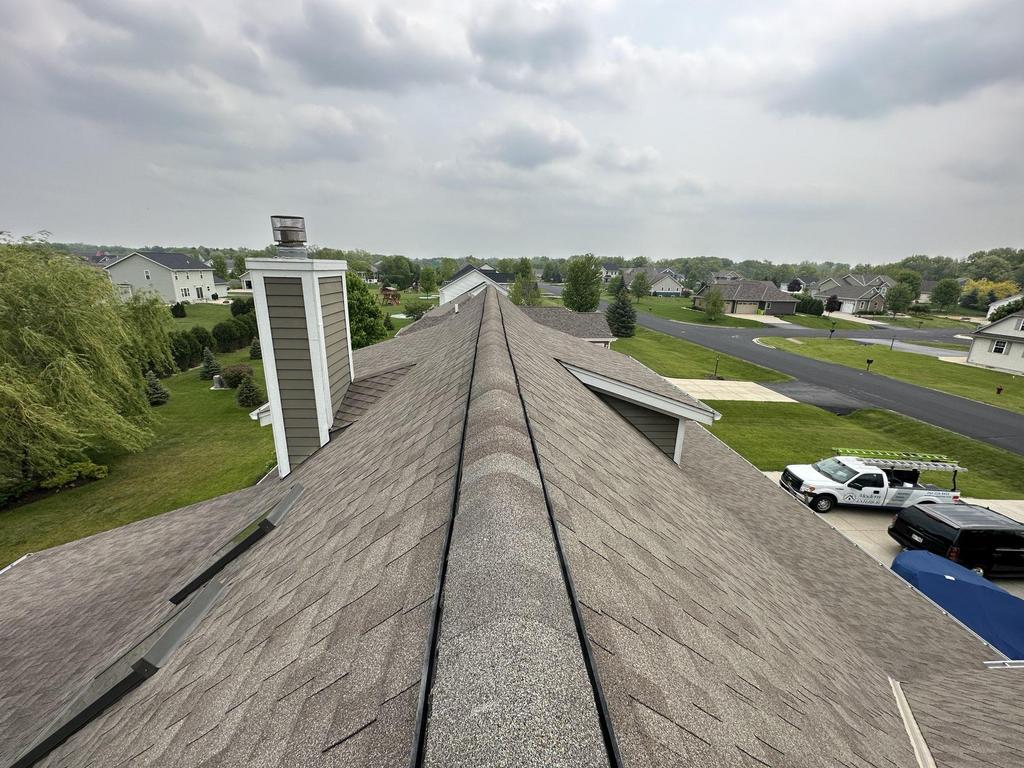
As environmental awareness continues to grow, individuals and businesses are seeking sustainable alternatives in various aspects of their lives. One such area is roofing, which plays a significant role in a building's overall environmental impact. In this blog post, we will explore different roofing materials and their carbon footprints, providing insights into the most eco-friendly options available.
Carbon footprints include direct emissions from activities like burning fossil fuels and indirect emissions from the production and consumption of goods. Calculating a carbon footprint involves assessing emissions in sectors like energy, transportation, waste, and food. Emissions are measured in CO2e units to account for different greenhouse gases.
Reducing our carbon footprints is vital for addressing climate change and achieving sustainability. Choosing roofing materials with lower carbon footprints, like energy-efficient, durable, recyclable options, and integrating renewable energy solutions such as solar panels, helps minimize emissions. Awareness and informed decisions empower us to create a greener future.

When considering the carbon footprint of a roofing material, several key factors come into play. Here are some essential criteria to consider when selecting an eco-friendly roofing option:
Typically made from steel or aluminum, has gained popularity due to its durability and recyclability. It is highly energy-efficient, reflecting sunlight and reducing heat absorption. Metal roofs can last up to 50 years, reducing the need for frequent replacements. Additionally, they can be recycled at the end of their life cycle, further minimizing waste.

Are known for their longevity, often lasting over 50 years. They provide excellent insulation, reducing energy consumption for heating and cooling. While the manufacturing process requires energy, tiles can be recycled and repurposed at the end of their life, mitigating waste.
Is renowned for its beauty and durability, with a lifespan that can exceed a century. As a natural stone, it is non-toxic and has low environmental impact during the manufacturing process. Although transportation costs may vary depending on availability, the longevity of slate roofing contributes to its lower overall carbon footprint.
While not strictly a roofing material, solar panels integrated into roofs offer an environmentally friendly option. Solar energy harnessing can significantly reduce reliance on non-renewable energy sources and lower carbon emissions. The durability of solar panels, which typically last 25-30 years, also contributes to their eco-friendliness.
Also known as living roofs, involve the installation of vegetation on the roof surface. They offer numerous environmental benefits, including improved insulation, reduced urban heat island effect, and improved air quality. Green roofs sequester carbon dioxide and promote biodiversity. However, the structural requirements, maintenance, and weight of the vegetation should be considered when opting for a green roof.
When it comes to eco-friendly roofing options, metal roofing and solar panels have gained significant popularity. Metal roofs offer durability, recyclability, and energy efficiency, while solar panels generate clean, renewable energy. Other options like clay or concrete tiles, slate roofing, and green roofs also provide sustainability benefits.

Choosing eco-friendly roofing materials is a crucial step towards reducing our carbon footprints and building a sustainable future. Metal roofing, solar panels, clay or concrete tiles, slate roofing, and green roofs all offer different advantages in terms of energy efficiency, durability, recyclability, and environmental impact.
Metal roofing and solar panels have gained popularity due to their energy efficiency and ability to reduce carbon emissions. Both options contribute to sustainability by reflecting sunlight, generating renewable energy, and having long lifespans. Additionally, metal roofs are recyclable, while solar panels provide a significant return on investment.
Clay or concrete tiles and slate roofing may be less popular, but they still offer substantial eco-friendly advantages. These materials provide excellent insulation, reducing energy consumption for heating and cooling. Their durability and potential for recycling at the end of their life cycles minimize waste and resource consumption. Slate roofing, sourced locally, further reduces transportation emissions.
Green roofs, although less prevalent, have gained attention for their sustainability benefits. They contribute to energy efficiency, absorb carbon dioxide, and promote biodiversity. However, careful consideration of structural requirements and maintenance is necessary when opting for a green roof.
By considering the criteria of energy efficiency, durability, recyclability, manufacturing processes, and local availability, individuals and businesses can make informed choices and reduce their environmental impact through their roofing decisions. Each step taken towards adopting eco-friendly roofing options brings us closer to a greener and more sustainable future for generations to come.